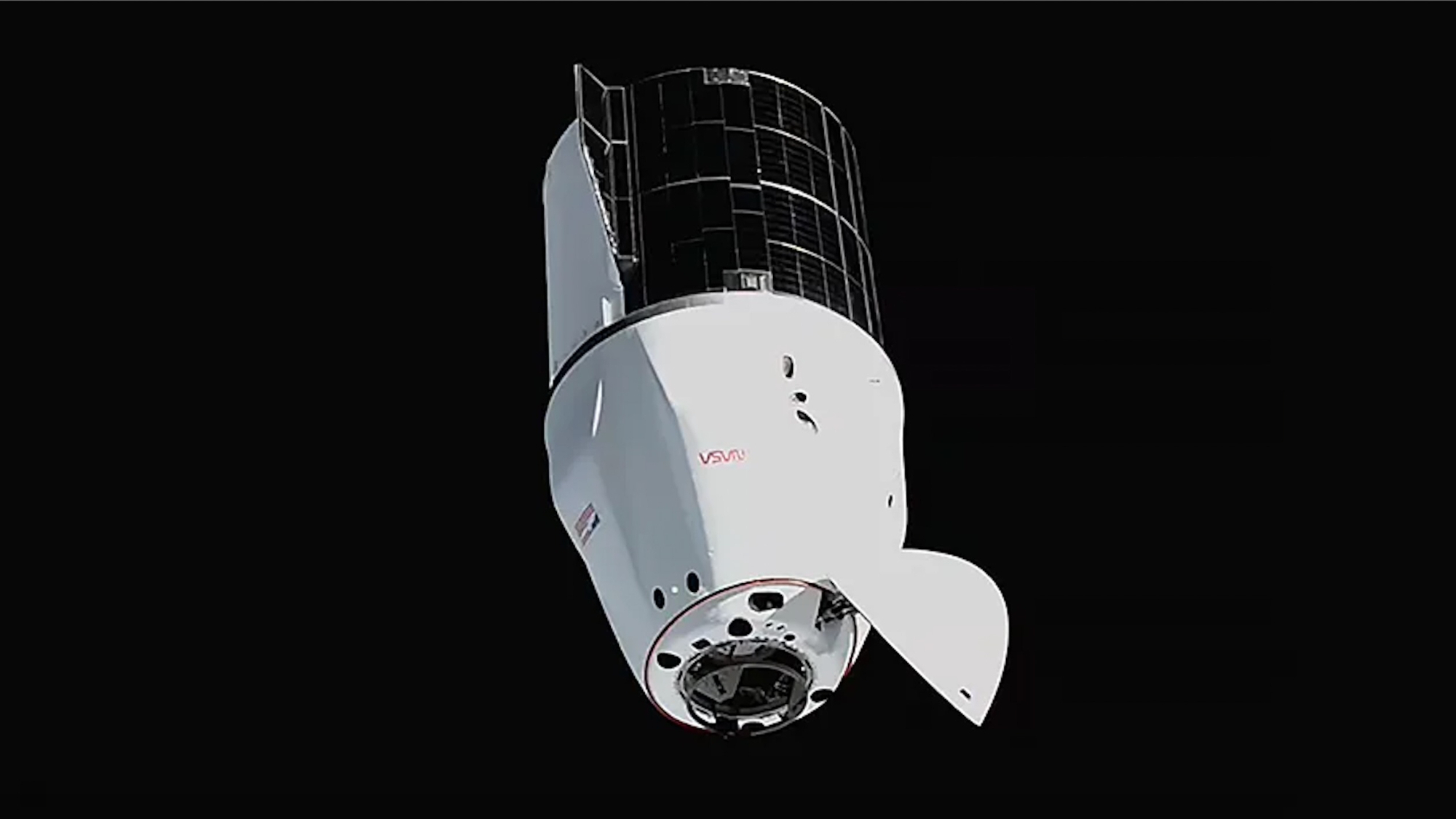A new microscope just arrived at the International Space Station (ISS) to help study life's adaptability under extreme conditions using an innovative imaging technique.
The Extant Life Volumetric Imaging System, or ELVIS, was sponsored by the ISS National Laboratory and developed by researchers at Portland State University (PSU), in partnership with NASA's Jet Propulsion Laboratory in Southern California.
The instrument arrived at the orbiting lab this morning (April 22) on a SpaceX Dragon cargo capsule, which is flying the company's 32nd Commercial Resupply Services mission for NASA.

ELVIS uses cutting-edge holographic technology known as volumetric imaging to create 3D images of microbes and other cells. The mission aims to study how microscopic life adapts to the harsh environment of space; its results could eventually help scientists identify life on other planets and moons, such as Jupiter's Europa and Saturn's Enceladus, team members say.
Related: The search for alien life
Unlike traditional two-dimensional microscopes, ELVIS allows researchers to observe the intricate structure and behavior of living cells in a volumetric format. The system enables detailed biological assessments of how cells change in microgravity — a condition only consistently available to researchers aboard the ISS.
"We are thrilled to leverage the ISS National Lab to prepare ELVIS for its future roles in space exploration missions,” Jay Nadeau, a PSU physics professor and principal investigator on the project, said in a PSU statement.
"The successful operation of ELVIS in the demanding conditions of space not only paves the way for its use in off-Earth environments but also holds implications for enhancing biomedical and microbiological research on our planet," Nadeau added.
Nadeau first proposed using holographic microscopy as a life-hunting technique back in 2017, in a paper arguing that it could potentially detect minute signs of life that regular 2D microscopes might miss.
"It's harder to distinguish between a microbe and a speck of dust than you'd think," Nadeau said in 2017, when she was a research professor of medical engineering and aerospace at the California Institute of Technology in Pasadena.
"Digital holographic microscopy allows you to see and track even the tiniest of motions," she went on to say.
This capability not only allows for possibly identifying microbes among inert matter, as Nadeau and her colleagues proposed in that 2017 paper, but also enables tracking cellular changes that might not be apparent from flat, 2D imaging. ELVIS therefore could see changes induced in a cell's structure in the extreme conditions of space better than a 2D image could.
During its ISS mission, ELVIS will study two Earth-based organisms known for their toughness and resilience: Euglena gracilis, a highly adaptable microalga, and Colwellia psychrerythraea, a cold-loving bacterium found in deep ocean waters. By analyzing these lifeforms in microgravity, scientists aim to uncover both observable and genetic changes that could help life persist in alien environments.
Engineered for space conditions, ELVIS includes durable, low-maintenance components and automation features that reduce the need for astronaut intervention, allowing experiments to run with minimal disruption, mission team members said.

.jpg) 4 hours ago
1
4 hours ago
1

 English (US)
English (US)